Did you know that squash vegetables are not only delicious and versatile, but they also offer a plethora of health benefits? From promoting weight management to boosting the immune system, incorporating squash into your diet can have a positive impact on your overall well-being. In addition to its nutritional value, squash vegetable gardening can be a rewarding and fulfilling experience, providing you and your family with a bountiful harvest straight from your own backyard.
Whether you’re a seasoned gardener or a beginner, growing squash is an excellent choice that offers a wide variety of options. From pumpkins to zucchini, there are numerous types of squash to choose from, each with its own unique flavor and texture. Harvesting squash at the right time is crucial for optimal taste and texture, and the flowers of squash plants are also edible, adding an extra touch of culinary creativity to your meals.
Key Takeaways:
- Squash vegetables are not only delicious but also offer a variety of health benefits.
- Growing squash in your own garden can provide a rewarding and fulfilling experience.
- There are numerous types of squash to choose from, each with its own unique flavor and texture.
- Harvesting squash at the right time is crucial for optimal taste and texture.
- The flowers of squash plants are edible and can be used in culinary preparations.
Types of Squash and When to Harvest Them
When it comes to growing squash, there are several popular varieties to choose from, including zucchini, pumpkins, and summer squash. Each type has its own unique characteristics and preferred harvesting time. Let’s explore the different types of squash and when to harvest them:
Zucchini
Zucchini is a versatile and widely enjoyed type of squash. It is best harvested when it reaches a length of 6-8 inches and the skin is still tender. Smaller zucchini is ideal for slicing and sautéing, while larger ones can be used for stuffing or grilling.
Pumpkins
Pumpkins are not just for carving during Halloween; they also make delicious dishes. Harvest pumpkins when the fruit has turned a deep, consistent color and the skin is hard. This usually occurs in the late summer or early fall. Pumpkins are perfect for making pies, soups, and roasted vegetable dishes.
Summer Squash
Summer squash, such as yellow squash and pattypan squash, are best harvested when they are small and still tender. Look for squash that is about 4-6 inches long with smooth skin. These varieties are great for grilling, roasting, or adding to salads.
Here is a quick overview:
| Squash Variety | Preferred Harvesting Size | Best Culinary Uses |
|---|---|---|
| Zucchini | 6-8 inches | Sautéing, stuffing, grilling |
| Pumpkins | Fully colored and hardened skin | Pies, soups, roasted dishes |
| Summer Squash | 4-6 inches | Grilling, roasting, salads |
Remember, these are general guidelines, and personal preference plays a role in deciding when to harvest squash. Ultimately, you can pick them when they reach a size that looks good to you and suits your culinary plans. Enjoy the versatility and flavors that each type of squash brings to your kitchen!
The Edible Squash Flowers
One of the fascinating aspects of squash plants is that they produce both male and female flowers. The male flowers, which are on long stems, play a crucial role in pollinating the female flowers, eventually leading to the formation of squash fruits. But did you know that both types of flowers are edible?
Squash flowers are not just visually stunning but also offer a unique culinary experience. The delicate petals and vibrant colors of these flowers can add a touch of elegance to your dishes. And the best part? Enjoying the male flowers won’t affect your squash harvest at all.
To incorporate squash flowers into your meals, there are several delicious ways to prepare them. You can sauté the flowers in olive oil with a sprinkle of salt and pepper for a simple yet flavorful side dish. Alternatively, you can stuff the flowers with your favorite fillings like cheese, herbs, or even seafood before cooking them to perfection.
When it comes to harvesting squash flowers, timing is key. It’s recommended to pick the flowers early in the morning when they are fully open. This is when the flowers are at their freshest and most flavorful. Remember to remove the stamen from the center of the flower before preparing them.
So, the next time you’re tending to your squash plants, don’t forget to savor the beauty and taste of these edible flowers.
Benefits of Eating Squash Flowers:
- Enhanced flavor: The petals of squash flowers add a delicate and subtly sweet taste to your dishes.
- Nutritional value: Squash flowers are a good source of vitamins, minerals, and antioxidants.
- Culinary versatility: The edible flowers can be used in various recipes, from salads and omelets to pasta dishes and fritters.
Tips for Growing Squash
Growing squash can be a rewarding experience, but it requires some careful attention to ensure successful growth and a plentiful harvest. Here are some important tips to keep in mind:
1. Choose the Right Season
Squash plants love warm weather, so it’s best to plant them in late spring when the soil temperature has warmed up. This will provide the ideal conditions for the seeds to germinate and flourish. Seasonal squash varieties, such as zucchini and summer squash, thrive in the summer months, while winter squash varieties, like butternut and acorn squash, prefer cooler fall temperatures.
2. Provide Adequate Sunlight
Squash plants require full sun to thrive, so choose a location in your garden that receives at least 6-8 hours of direct sunlight each day. This will ensure optimal growth and yield.
3. Prepare the Soil
Before planting squash seeds or seedlings, prepare the soil by loosening it with a garden fork or tiller. Squash plants prefer well-draining soil with a pH level between 6.0 and 6.8. You can improve the soil quality by adding organic matter, such as compost or well-rotted manure, to enrich the nutrients.
4. Give Them Space
Squash plants grow vigorously and produce large leaves and sprawling vines. To accommodate their growth, make sure to provide ample space between plants. Ideally, each plant should be spaced about 2-3 feet apart to allow for proper air circulation, sunlight penetration, and easy access for maintenance and harvesting.
5. Water and Feed Regularly
Squash plants have high water requirements, especially during hot weather. Water them deeply and regularly, ensuring that the soil remains evenly moist but not waterlogged. Mulching around the plants can help retain moisture and suppress weed growth.
In terms of fertilization, organic options are recommended to nourish the plants. Apply a balanced organic fertilizer, following the package instructions, every 4-6 weeks to promote healthy growth and fruit development.
6. Consider Companion Planting
Companion planting involves growing compatible plants together to maximize growth and flavor. Certain crops, such as corn, lettuce, melons, peas, and radishes, make excellent companions for squash. Corn provides shade to the squash plants and helps retain moisture, while lettuce acts as a living mulch. Melons, peas, and radishes help deter pests and improve soil fertility.
To summarize, growing squash successfully involves choosing the right season, providing ample sunlight, preparing the soil, giving them sufficient space, watering and feeding consistently, and considering companion planting. By following these tips, you’ll be on your way to a bountiful harvest of delicious and nutritious squash!
Health Benefits of Squash
I am excited to share with you the amazing health benefits of incorporating squash into your diet. Not only are squash vegetables delicious, but they also offer a wide range of nutrients that can support your overall well-being.
Squash vegetables are packed with essential nutrients and offer numerous health benefits. They are low in calories and high in fiber, vitamins, and minerals.
Here are some of the key health benefits of squash:
- Rich in Antioxidants: Squash is rich in antioxidants, such as beta-carotene and vitamin C, which help protect cells from damage caused by free radicals. These antioxidants promote healthy skin and boost the immune system, supporting overall health and well-being.
- High in Fiber: Squash is an excellent source of dietary fiber, which aids in digestion and helps maintain bowel regularity. High-fiber foods like squash can also help keep you feeling full for longer, supporting weight management goals.
- Packed with Vitamins and Minerals: Squash is a good source of vitamins A, B6, and C, as well as minerals like potassium, magnesium, and manganese. These nutrients are essential for maintaining optimal health and supporting various bodily functions.
- Hydrating Properties: With its high water content, squash helps keep the body hydrated, especially during hot summer months. Staying hydrated is crucial for overall health, as it aids in digestion, regulates body temperature, and supports organ function.
Squash vegetables offer an abundance of health benefits, from promoting healthy skin to supporting weight management and aiding in digestion. By including squash in your diet, you can reap these benefits and enjoy a delicious and nutritious addition to your meals.
To learn more about the nutritional profile of squash, refer to the table below:
| Nutrient | Amount per 100g |
|---|---|
| Calories | 20 |
| Carbohydrates | 5g |
| Fiber | 1g |
| Protein | 1g |
| Fat | 0g |
| Vitamin A | 204% of the Daily Value (DV) |
| Vitamin C | 33% of the DV |
| Potassium | 10% of the DV |
As you can see, squash is not only a delicious vegetable but also a nutritional powerhouse. Adding squash to your meals can provide you with an array of health benefits and contribute to your overall well-being.
Delicious Squash Recipes to Try
Squash is a versatile vegetable that can be cooked in various ways, allowing you to explore a world of delicious flavors. Whether you prefer sautéing, roasting, or grilling, there are endless possibilities to bring out the natural goodness of squash. Let me share a few popular squash recipes that will tantalize your taste buds and impress your family and friends.
Stuffed Zucchini Boats
One delectable way to enjoy squash is by preparing stuffed zucchini boats. Cut zucchini in half lengthwise and scoop out the flesh to create a hollow space. Fill the zucchini halves with a mixture of cooked ground meat, aromatic herbs, and grated cheese. Top it off with breadcrumbs and bake until the zucchini is tender and the filling is golden brown. The combination of flavors and textures in this dish is simply irresistible.
Butternut Squash Soup
When the weather turns chilly, warm up with a comforting bowl of butternut squash soup. Start by roasting butternut squash until it becomes tender and caramelized. In a pot, sauté onions and garlic, then add the roasted squash, vegetable broth, and a touch of cream. Use an immersion blender to purée the mixture until smooth and velvety. Season with a hint of nutmeg and garnish with a sprinkle of fresh herbs. This creamy soup is a perfect balance of flavors and will keep you cozy on cold nights.
Roasted Acorn Squash with Maple Glaze
For a sweet and savory treat, try roasted acorn squash with a delightful maple glaze. Cut the acorn squash into slices and remove the seeds. Drizzle the slices with a mixture of maple syrup, melted butter, cinnamon, and a pinch of salt. Roast the squash in the oven until it becomes tender and caramelized. The maple glaze adds a rich, sweet note that complements the natural sweetness of the acorn squash. This dish is a crowd-pleaser that will have everyone coming back for seconds.
| Squash Recipe | Difficulty Level | Preparation Time | Cooking Time | Serves |
|---|---|---|---|---|
| Stuffed Zucchini Boats | Easy | 15 minutes | 30 minutes | 4 |
| Butternut Squash Soup | Medium | 20 minutes | 40 minutes | 6 |
| Roasted Acorn Squash with Maple Glaze | Easy | 10 minutes | 35 minutes | 4 |
These are just a few examples of the many delicious squash recipes out there. Get creative in the kitchen and experiment with different cooking methods and flavors to find your perfect squash dish. Whether you’re preparing soups, stews, casseroles, or desserts, squash adds a unique and delightful element to any meal.
Popular Squash Varieties to Grow
When it comes to growing squash, there are several popular varieties to consider. Each variety offers its own unique taste and texture, making them versatile in cooking. Whether you’re a fan of creamy soups or hearty side dishes, there’s a squash variety that will suit your culinary preferences.
1. Butternut Squash
The butternut squash is a winter variety with a sweet, nutty flavor and smooth texture. Its vibrant orange flesh is perfect for roasting or pureeing into soups and sauces. This versatile squash can be used in both savory and sweet recipes, making it a favorite among home cooks and chefs alike.
2. Acorn Squash
Acorn squash is another winter variety that features a distinctive shape and a rich, savory flavor. Its sweet and nutty flesh pairs well with a variety of ingredients, including butter, maple syrup, and spices like cinnamon and nutmeg. Acorn squash can be roasted, stuffed, or pureed into a creamy soup.
3. Spaghetti Squash
If you’re looking for a healthier alternative to pasta, spaghetti squash is the perfect choice. When cooked, the flesh of this winter variety transforms into delicate strands that resemble spaghetti noodles. It has a mild, slightly nutty flavor that pairs well with various pasta sauces and toppings.
4. Delicata Squash
Delicata squash is a smaller winter variety known for its thin, edible skin. Its sweet, creamy flesh has a subtle flavor that is often compared to roasted chestnuts. Delicata squash can be sliced and roasted, stuffed with savory fillings, or used as an ingredient in casseroles and soups.
Whether you’re a seasoned gardener or a beginner, growing popular squash varieties is a rewarding experience that can elevate your culinary creations. From the savory sweetness of butternut squash to the delicate strands of spaghetti squash, there’s a variety to suit every taste and recipe. Explore these varieties and embrace the unique flavors of seasonal squash in your cooking.
Caring for Squash Plants
Proper care is essential for the successful growth and development of squash plants. By providing consistent attention and taking necessary precautions, you can ensure optimum garden health and maximize your yield. Here are some important tips for caring for squash plants:
1. Watering
Watering is crucial to maintain the moisture levels essential for squash plant growth. During hot weather, it is especially important to consistently water the plants to prevent the soil from drying out. Water the plants deeply, ensuring that the entire root system receives moisture.
2. Monitoring Pests and Diseases
Common pests and diseases can pose a threat to the health of squash plants. Keep an eye out for powdery mildew, which appears as a white powdery substance on the leaves. Squash vine borers are another common enemy, chewing their way into the vines and causing damage. Implement preventive measures, such as applying organic pest control products and regularly inspecting the plants for any signs of infestation or disease.
3. Pruning
Pruning is an important part of caring for squash plants. Regularly remove any dead or damaged leaves to promote air circulation and reduce the risk of diseases. Pruning also helps control the size of the plants, ensuring they have enough space to grow and preventing overcrowding.
4. Fertilizing
Proper fertilization is crucial for the healthy development of squash plants. Apply organic fertilizers or compost to enrich the soil with essential nutrients. Follow the recommended application rates and timing to ensure that the plants receive the necessary nourishment for optimal growth.
5. Support and Mulch
Supporting the sprawling vines of squash plants can help prevent them from breaking under their own weight. Install trellises or use stakes to provide adequate support, keeping the plants off the ground. Additionally, applying a layer of mulch around the plants helps retain moisture, suppress weeds, and regulate soil temperature.
| Common Pests | Preventive Measures |
|---|---|
| Powdery Mildew | Apply organic fungicides, maintain good air circulation, and avoid overhead watering. |
| Squash Vine Borers | Wrap the vines at the base with aluminum foil, apply insecticidal sprays, or manually remove the pests. |
| Slugs and Snails | Set up barriers, such as copper tape or diatomaceous earth, to deter these pests from reaching the plants. |
By implementing these care practices, you can ensure the health and productivity of your squash plants. Regular monitoring, timely intervention, and proper maintenance will result in a bountiful harvest and a successful growing season.
“Proper care and attention are essential for the successful growth of squash plants. Regular watering, monitoring pests and diseases, pruning, fertilizing, and providing support and mulch are crucial steps to ensure optimal health and yield.”
How to Harvest and Store Squash
Knowing when to harvest squash is essential to avoid overripening or premature picking. To determine if squash is ready for harvest, assess the skin’s hardness and the stem’s dryness. A ripe squash typically has a firm outer skin and a dry, brown stem. Additionally, look for vibrant coloration and size consistency across the fruit.
Once harvested, it’s important to cure winter squash before storing. Curing involves allowing the squash to sit in a warm, well-ventilated area for a specific period, typically ranging from 7 to 10 days. This process helps harden the skin and extends the squash’s shelf life.
When it comes to storing squash, proper conditions are crucial for maintaining freshness. Keep squash in a cool, dry place with low humidity and good air circulation. Avoid storing squash near fruits that emit ethylene gas, as it can speed up the ripening process. Some suitable storage locations include a basement, pantry, or a root cellar with temperatures between 50-60°F (10-15°C).
To give you a better idea of when to harvest and how to store different types of squash, refer to the table below:
| Squash Variety | Harvest Time | Curing Time | Storage Temperature |
|---|---|---|---|
| Butternut Squash | Fully mature with hard skin | 7-10 days | 50-55°F (10-13°C) |
| Acorn Squash | Fully mature and deep color | 7-10 days | 50-55°F (10-13°C) |
| Spaghetti Squash | Firm shell and vibrant yellow color | 1-2 weeks | 50-55°F (10-13°C) |
| Delicata Squash | Firm texture and yellow-orange stripes | 3-5 days | 50-60°F (10-15°C) |
By following these harvesting and storing guidelines, you can enjoy the flavor and nutritional benefits of fresh squash long after the harvest season.
Conclusion
After exploring the wonders of squash vegetable gardening, it is clear that growing squash can be a rewarding and fulfilling experience. Whether you choose to cultivate pumpkins, zucchini, or other varieties, the possibilities are endless. The journey starts with selecting the right squash types and ensuring a healthy growing environment.
One of the major benefits of squash gardening is the abundance of health benefits it brings. Squash is packed with essential nutrients, vitamins, and minerals, making it a valuable addition to any diet. From promoting healthy skin to aiding digestion and weight management, squash offers a range of advantages for your overall well-being.
With proper care, including regular watering, feeding, and pest control, you can ensure the success of your squash plants. Harvesting at the right time and using proper storage techniques will allow you to enjoy the flavors of your harvest throughout the year. From mouthwatering recipes to the edible squash flowers, there are countless ways to savor the versatility of this delightful vegetable.
So, why wait? Embrace the joys of squash vegetable gardening and create a thriving garden that not only yields delicious produce but also contributes to a healthier lifestyle. Start growing squash today and reap the rewards.

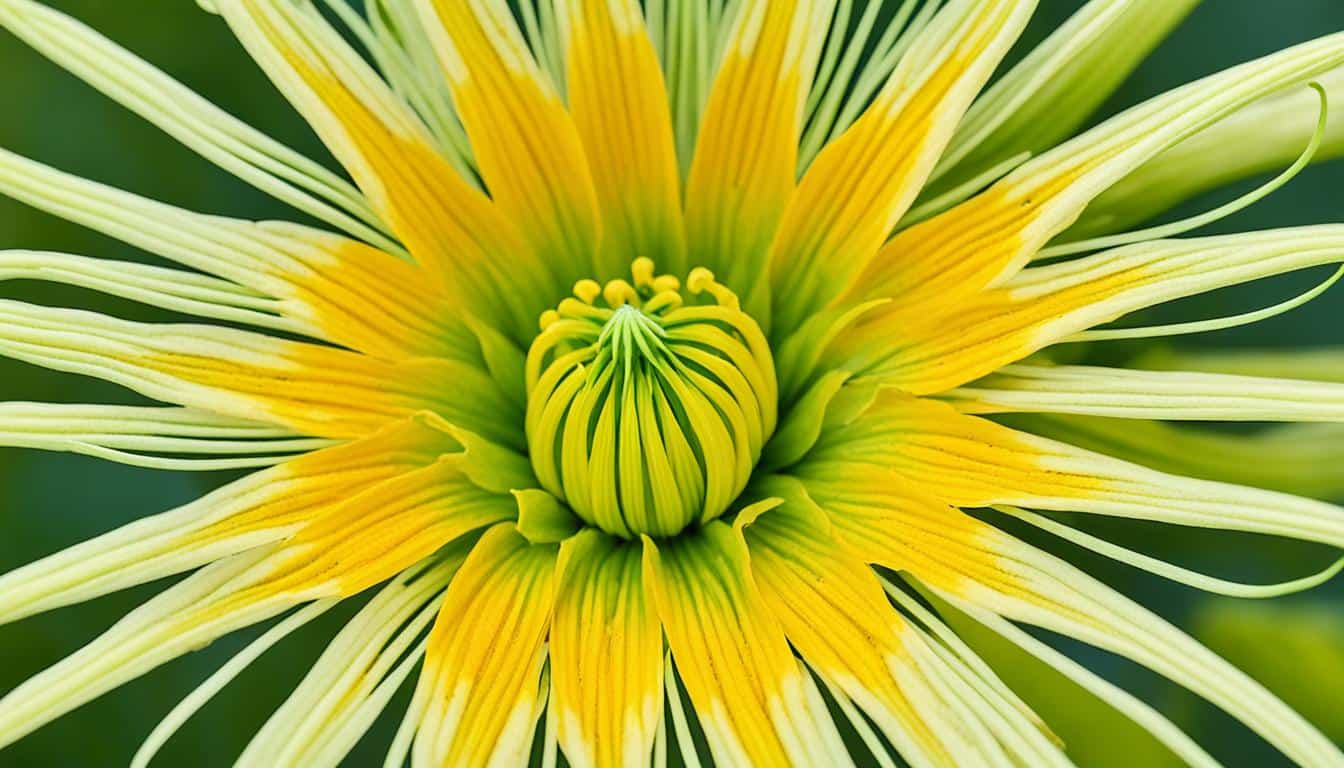
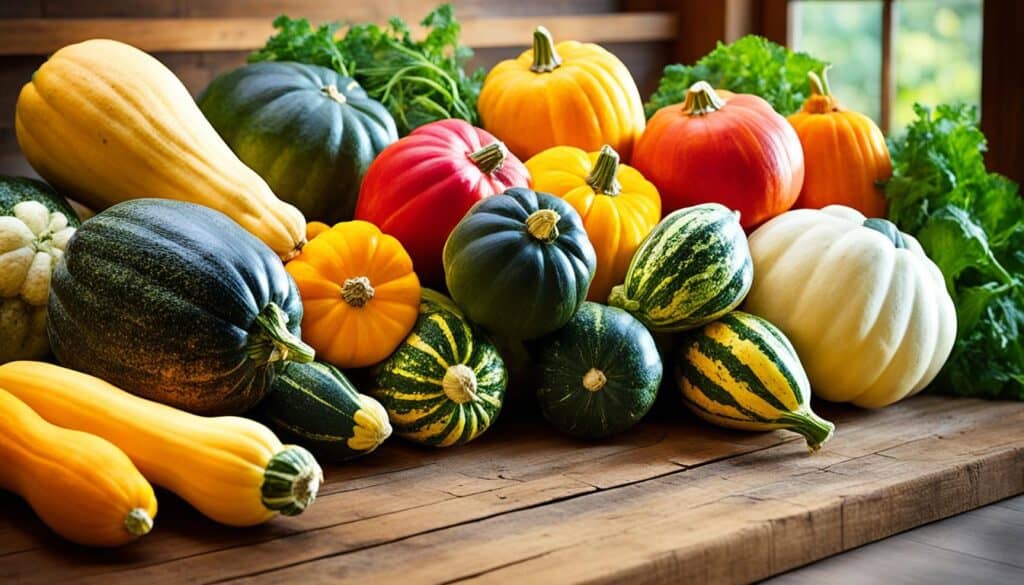
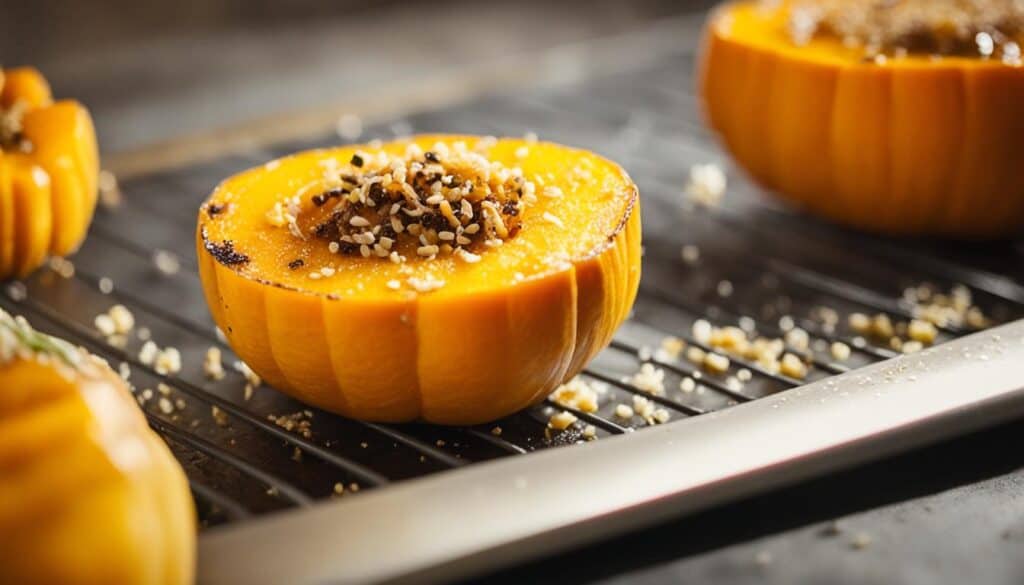
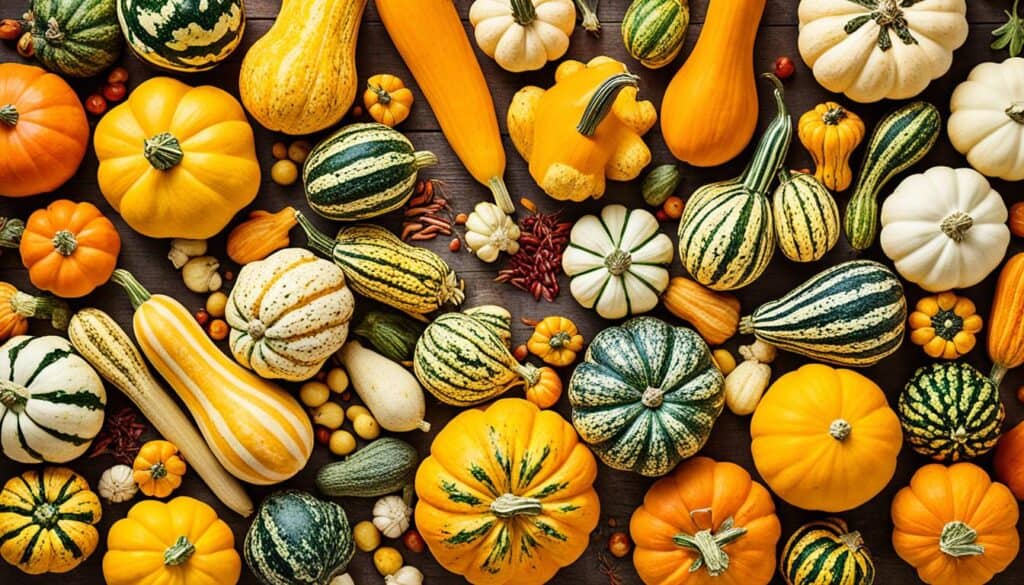
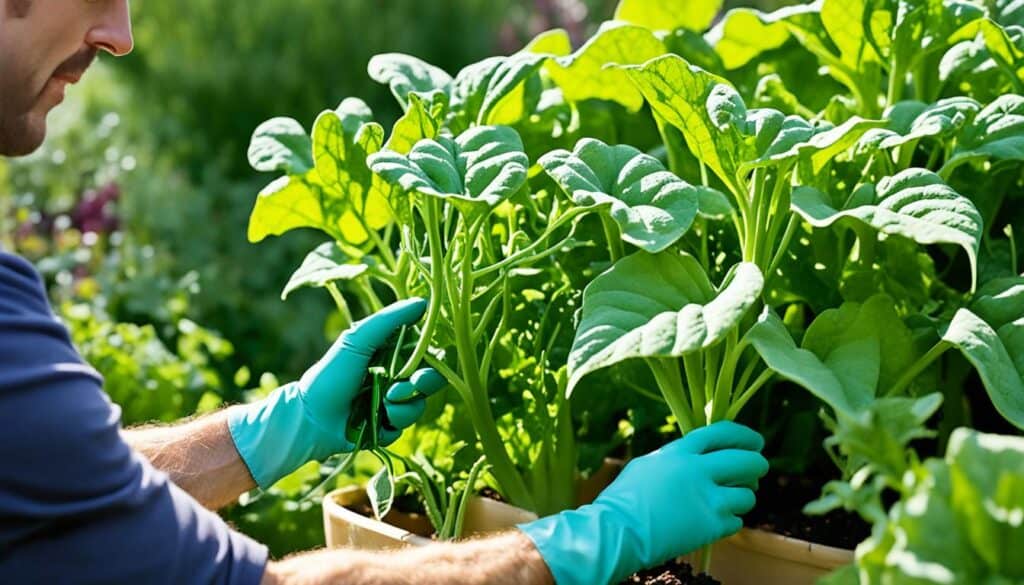
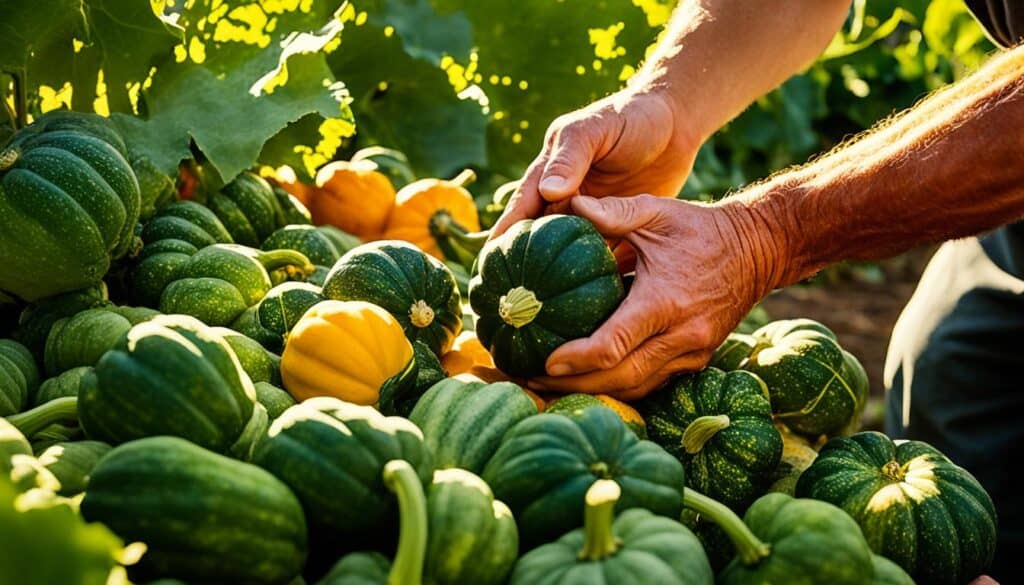



Leave a Reply